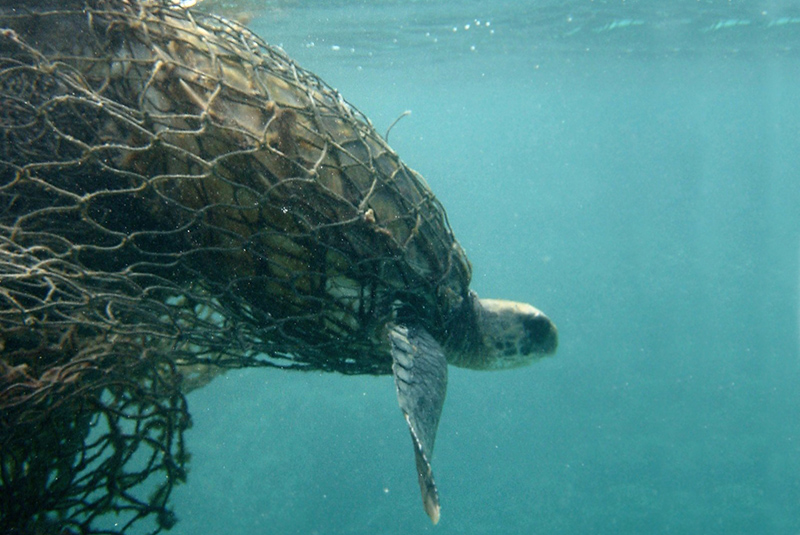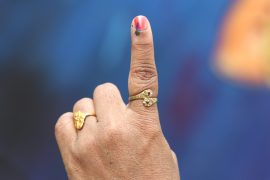On her lunch break, Bangkok office worker Chinapa Payakha emerges from a 7-Eleven store with two plastic bags. One holds a Big Gulp soft drink. The other carries her lunch, with a banana in its own plastic wrapper.
“For office life, plastic bags are necessary,” said Chinapa, 34, whose shopping habits illustrate the challenges facing anti-plastic campaigners in Thailand, where plastic bags are handed out in abundance on any visit to a shop or market.
As the World Environment Day takes place on Tuesday and the United Nations calls for the “biggest-ever worldwide cleanup” of plastic pollution, experts are focused on Southeast Asia, home to four of the world’s top marine plastic polluters.
From major cities like Bangkok and Jakarta to beach resorts in the Philippines and Vietnam, plastic bags and bottles are the ubiquitous faces of pollution in the region.
Copyright©Madras Courier, All Rights Reserved. You may share using our article tools. Please don't cut articles from madrascourier.com and redistribute by email, post to the web, mobile phone or social media.Please send in your feed back and comments to [email protected]











